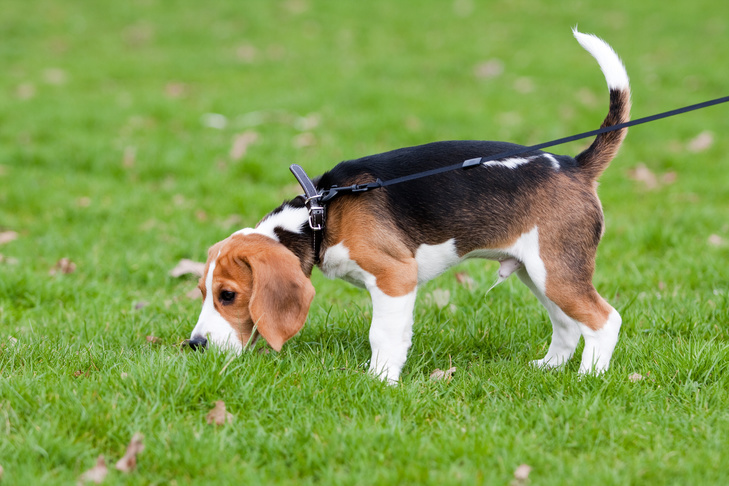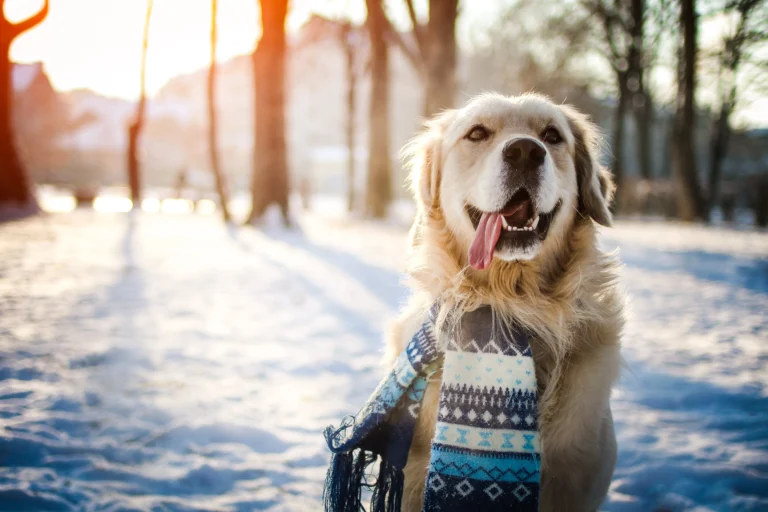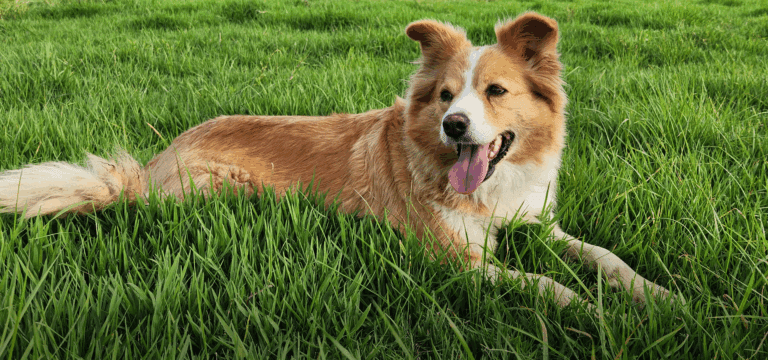How to Train Fearful Dogs: A Comprehensive Guide to Anxiety Management
Is your dog constantly hiding, trembling, or showing signs of fear? You’re not alone. Many pet parents face the challenge of helping their fearful dogs navigate the world with confidence. The good news is that fearful dogs can learn to overcome their anxiety with the right approach and patience. Understanding and managing your dog’s anxiety isn’t just about training—it’s about building trust, creating positive associations, and establishing a safe environment for growth. In this comprehensive guide, we’ll explore proven strategies to help your anxious pup: • Recognize and understand fear triggers • Build confidence through positive reinforcement • Create a safe training environment • Implement effective desensitization techniques • Develop trust-building exercises Whether your dog fears strangers, loud noises, or new environments, we’ll show you step-by-step how to transform their anxiety into confidence. Let’s embark on this journey to help your furry friend live a happier, more relaxed life.
Understanding Fear and Anxiety in Dogs
Understanding fear and anxiety in dogs requires a deep awareness of their emotional state and behavioral patterns. Just like humans, our furry companions experience various levels of stress that can significantly impact their well-being and daily interactions.
Common Signs of Fear and Anxiety
A fearful dog often displays subtle yet telling indicators of distress. Early warning signs of anxiety include excessive panting, drooling, or yawning when no physical exertion is involved. You might notice your anxious dog tucking their tail, pinning their ears back, or avoiding eye contact. Some dogs may engage in repetitive behaviors like pacing or excessive licking.
Physical symptoms can also manifest through trembling, cowering, or attempting to hide behind furniture. An anxious dog might become unusually clingy or, conversely, withdraw from social interaction. Watch for stress signals such as ground sniffing, lip licking, or sudden disinterest in treats.
Root Causes of Fearful Behavior
Understanding what triggers your dog’s anxiety is crucial for effective management. Past traumatic experiences often play a significant role in shaping fearful behavior. Lack of proper socialization during puppyhood can lead to a fearful dog who struggles with new experiences or environments.
Genetic predisposition can make some breeds more susceptible to anxiety than others. Environmental factors like loud noises, unfamiliar people, or changes in routine can trigger a dog’s anxiety. Medical conditions or age-related changes might also contribute to increased fearfulness.
Sometimes, unintentional reinforcement of fearful behavior by well-meaning owners can worsen the situation. This happens when we comfort our pets excessively during their anxious moments, inadvertently validating their fear response.
Essential Training Techniques
Systematic Desensitization
Systematic desensitization stands out as the right training technique for helping fearful dogs overcome their anxieties. This gradual approach involves exposing your dog to fear triggers at a controlled intensity that doesn’t overwhelm them.
Start by identifying your dog’s threshold – the distance at which they notice the trigger but remain calm. Work at this distance using the positive reinforcement method, rewarding calm behavior with high-value treats. As your dog becomes comfortable, slowly decrease the distance to the trigger.
For instance, if your dog fears other dogs, begin training at a distance where they can see other dogs but remain relaxed. Gradually reduce this distance over multiple sessions while maintaining their comfort level.
Counter-Conditioning Methods
Counter-conditioning is an effective strategy that pairs scary situations with positive experiences. This technique helps your dog form new, pleasant associations with things that previously caused fear.
When implementing counter-conditioning, timing is crucial. Present treats or rewards immediately when your dog encounters the trigger, even before they show signs of fear. This helps create a positive emotional response instead of anxiety.
For example, if your dog fears car rides, start by rewarding them just for approaching the stationary car. Progress to giving treats while they sit inside the parked car, and eventually during short drives. Remember to keep sessions brief and end on a positive note.
Combine both techniques by using systematic desensitization to control exposure levels while applying counter-conditioning to change emotional responses. This paired approach often yields the best results in helping fearful dogs gain confidence.
Building Confidence Through Activities
Mental stimulation plays a vital role in helping fearful dogs gain confidence and overcome their anxieties. When we engage our furry friends in activities that challenge their minds, we create positive experiences that gradually build their self-assurance.
Mental Stimulation Exercises
One effective way to boost your dog’s confidence is through engaging training games. Start with simple exercises like “find it” where you hide treats around the house. This allows your dog to use their natural scenting abilities while staying in a familiar environment.
Incorporating puzzle toys into your dog’s confidence-building program can make a significant difference. These toys not only provide entertainment but also help develop problem-solving skills. Begin with easier puzzles and gradually increase the difficulty as your dog becomes more comfortable.
Consider these enriching activities:
– Food dispensing balls that release treats as your dog moves them
– Interactive toys that require lifting flaps or sliding compartments
– Snuffle mats that encourage natural foraging behaviors
– Simple nose work exercises using cardboard boxes
Remember to always supervise these activities and celebrate your dog’s successes, no matter how small. The key is to create positive associations with new challenges while keeping the experience stress-free and enjoyable.
Set up regular training sessions that last 5-10 minutes, allowing your dog to experience success without becoming overwhelmed. As they master each level, slowly introduce more complex variations of these activities to maintain engagement and continue building confidence.
Ready to unleash your dog’s potential? Visit Off Leash K9 Training of Hampton Roads to explore our expert training programs that promise exceptional obedience and a strong bond with your canine companion. Whether you’re in the Hampton Roads area or NE North Carolina, our proven system will help your dog excel off-leash. Contact us today at (757) 296-8366 to start your journey towards a more obedient and joyful relationship with your dog









